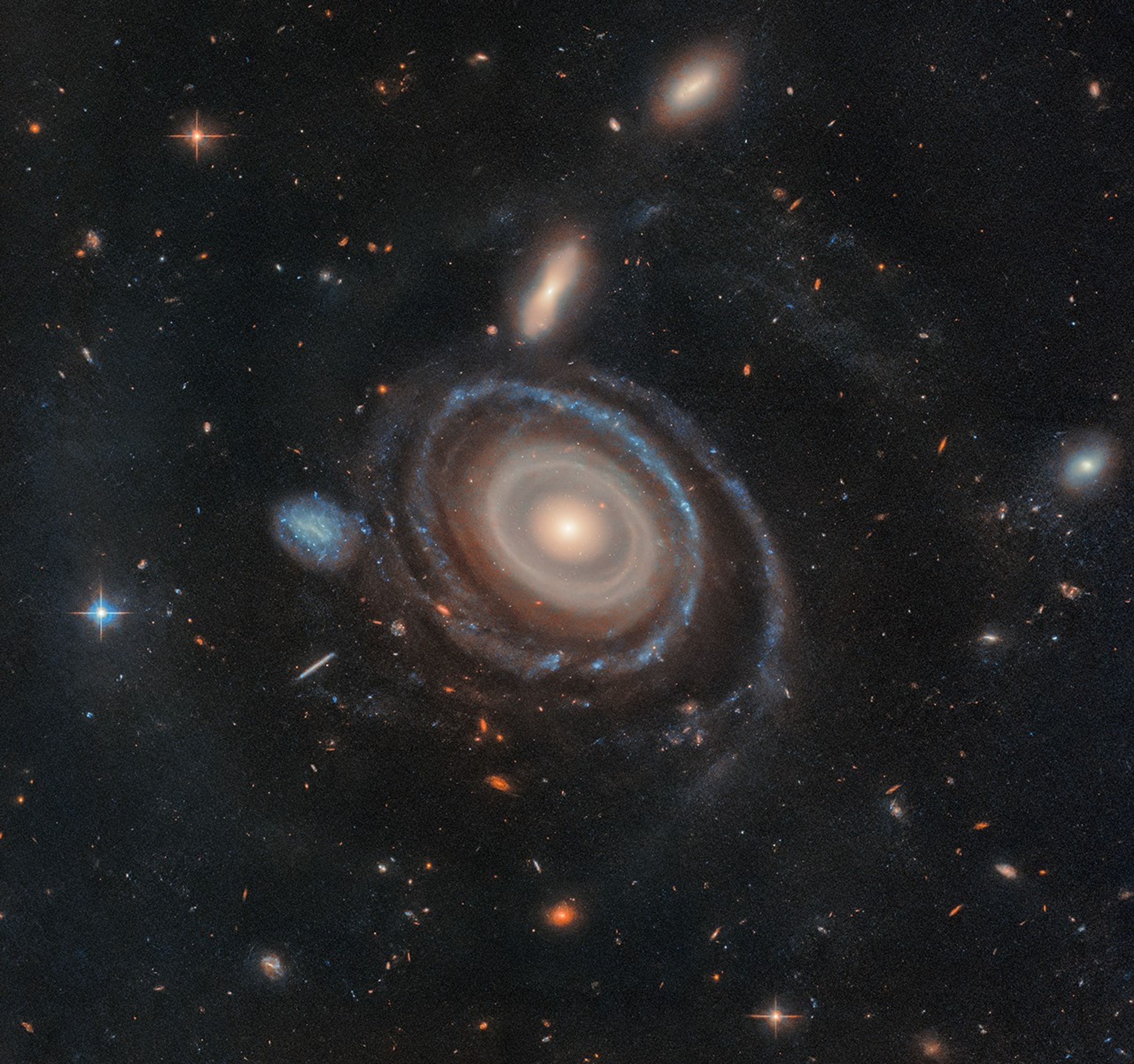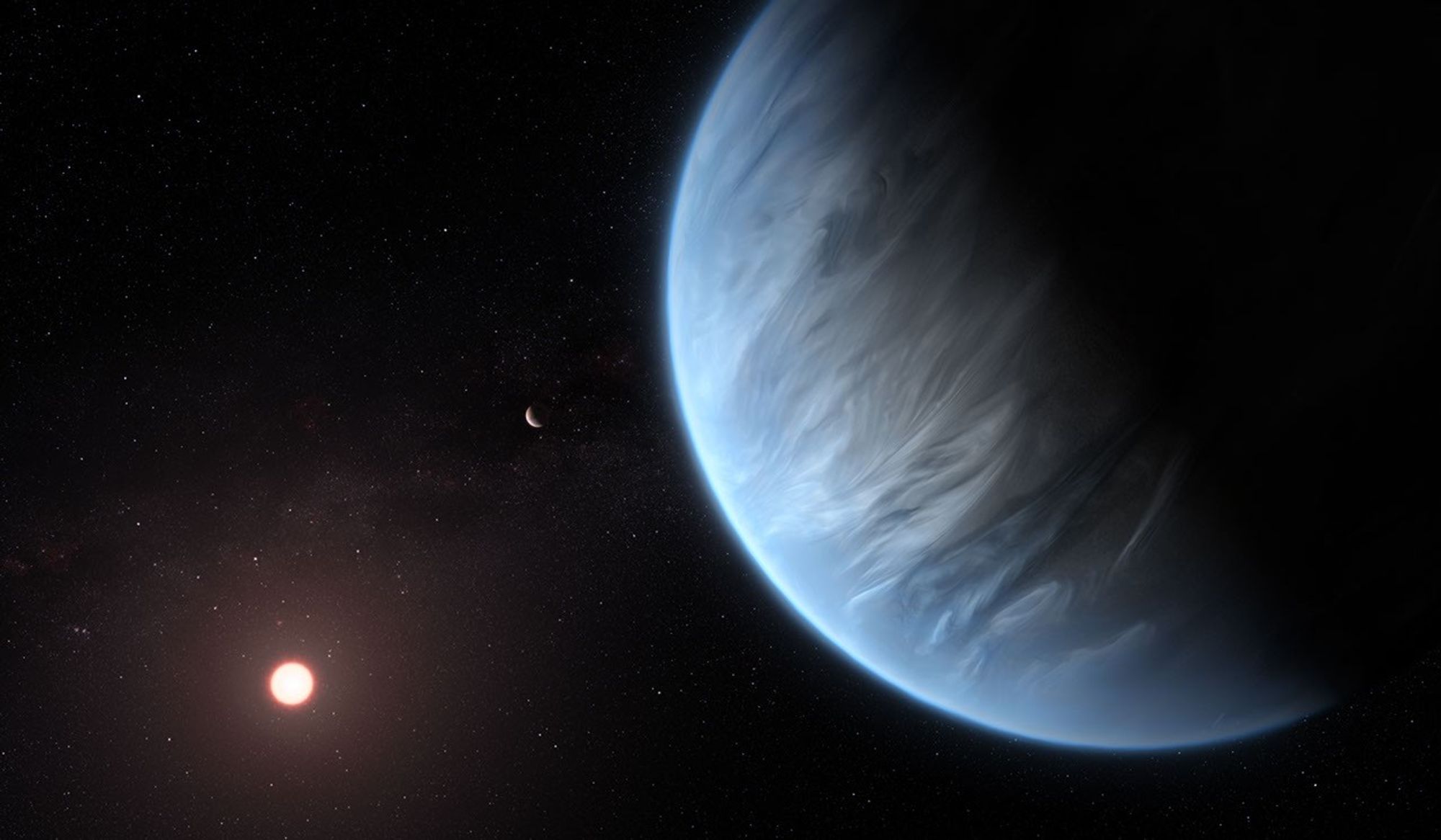Puppycow
Penultimate Amazing
I don't have the expertise to answer that one.
Here's what someone who presumably knows more says:
https://www.benjaminleather.com/blog/horsehead-nebula
Seems like it's usually too dim for the human eye to see. The aid of a long exposure seems to be needed.
Here's what someone who presumably knows more says:
https://www.benjaminleather.com/blog/horsehead-nebula
It’s location is surprisingly easy to find but picking it out is much harder. As mentioned, the Horsehead Nebula sits near Alnitak, the easternmost star in Orion’s Belt. You can find the Horsehead Nebula grazing it just below it to the south.
Unfortunately the gas cloud is actually very faint and there’s usually a very bright star in the same field of view so if you’re trying to look through a telescope eyepiece, it will appear extremely dim if it all. This is why when this gas cloud was first spotted in the night sky that nobody even noticed its distinct shape. A number of astronomers stumbled across it over the years, but the limited capability of their instruments made it hard to carry out detailed studies.
Although its official name is Barnard 33, named after American astronomer Edward Barnard, the discovery of the Horsehead Nebula is rightly credited to another astronomer, Williamina Fleming.
Seems like it's usually too dim for the human eye to see. The aid of a long exposure seems to be needed.




